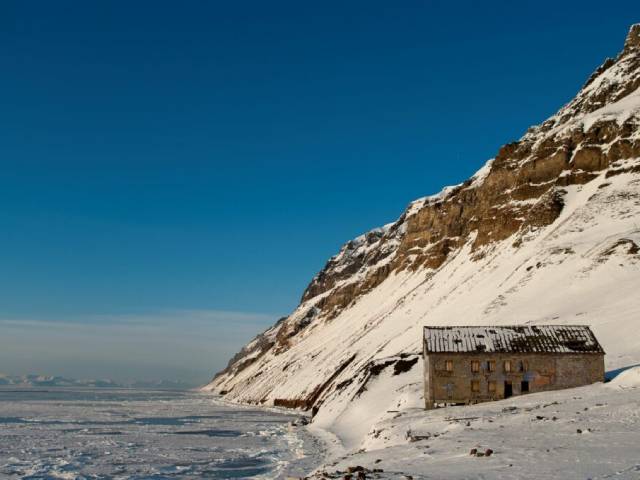Horisont Energi today announced that it signed a Memorandum of Understanding (MOU) with TGS, a global provider of energy data and intelligence, to jointly develop new Carbon Capture and Storage (CCS) technologies.
The MOU between the companies signifies a unique collaborative effort to identify and develop efficient methods for both the identification and classification of CO2 storage reservoirs, and 4D monitoring technology for the surveillance of CO2 injection. The research will initially focus on Horisont Energi’s acreage on the Norwegian continental shelf. New projects undertaken as part of the collaboration may be announced separately as they occur.
“TGS looks forward to working closely with Horisont Energi to establish a roadmap for sustainable carbon storage reservoir identification and monitoring. By leveraging our world-class energy data library along with our advanced subsurface imaging solutions and geological knowledge, we look forward to developing crucial new CCS technologies with Horisont Energi.”
Jan Schoolmeesters, executive vice president of TGS Operations and New Energy Solutions.
“We look forward to collaborating with TGS on identifying and developing new methods for the identification and classification of CO2 storage reservoirs, and furthering new carbon storage monitoring technologies. Industrial decarbonization is central to reaching net-zero emissions targets and CCS will be a key component in achieving this. Horisont Energi aims to provide cost-leading carbon storage across the Norwegian Continental Shelf in the coming years.”
Bjørgulf Haukelidsæter Eidesen, CEO of Horisont Energi.
Using both established and emerging imaging and monitoring technologies such as 4D seismic, Distributed Acoustic Sensing (DAS), and P-Cable technology, the companies aim to de-risk and monitor potential CCS reservoirs in Norwegian waters. Initiatives may utilize both active and passive geophysical methods and include seismic processing focused on optimized vertical and horizontal resolution at reservoir level and in the overburden.
Aside from technological benefits, this initiative also aims to promote cooperation between industry, commercial technology providers, and academia to boost global CCS advancement.









































